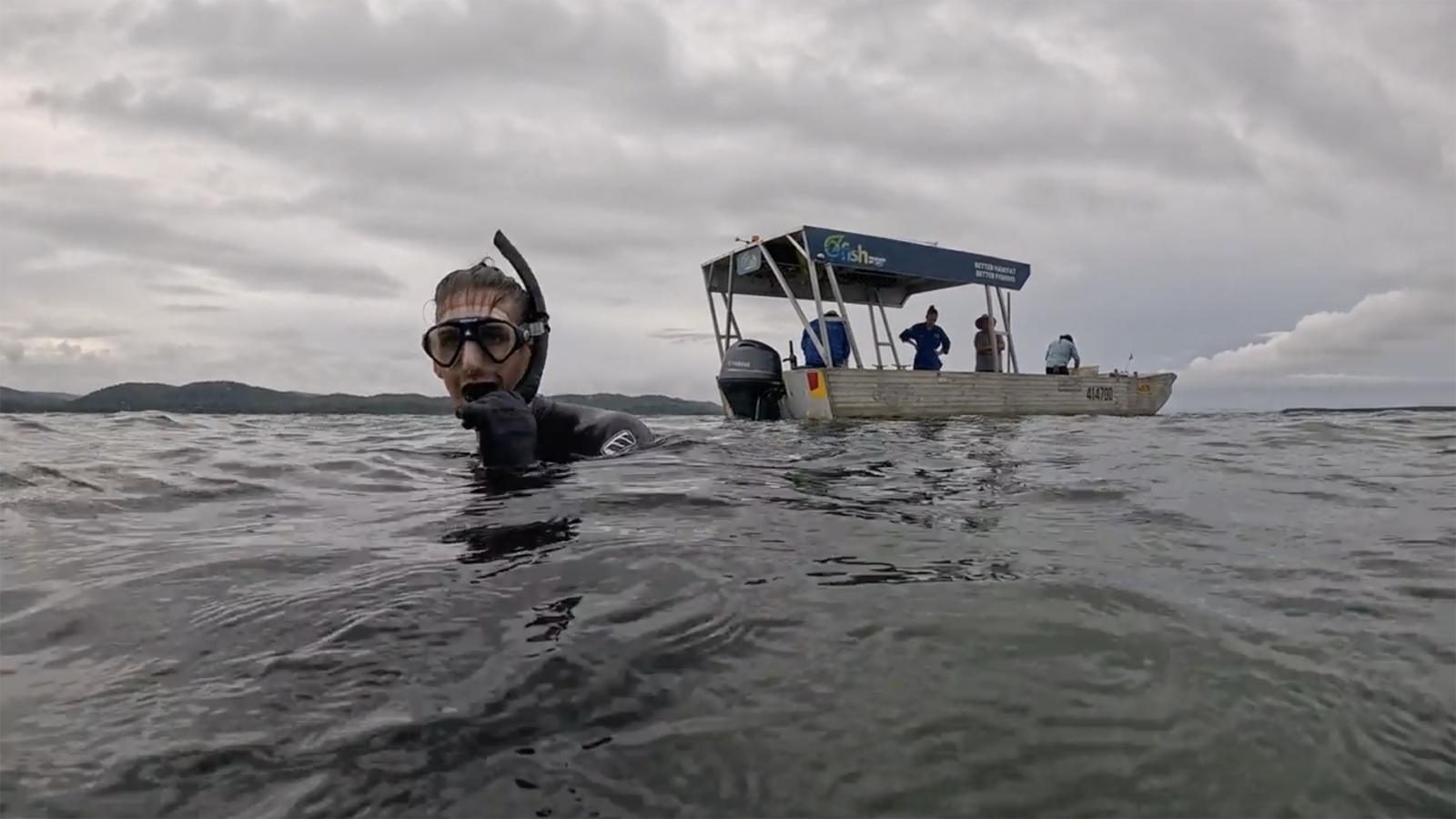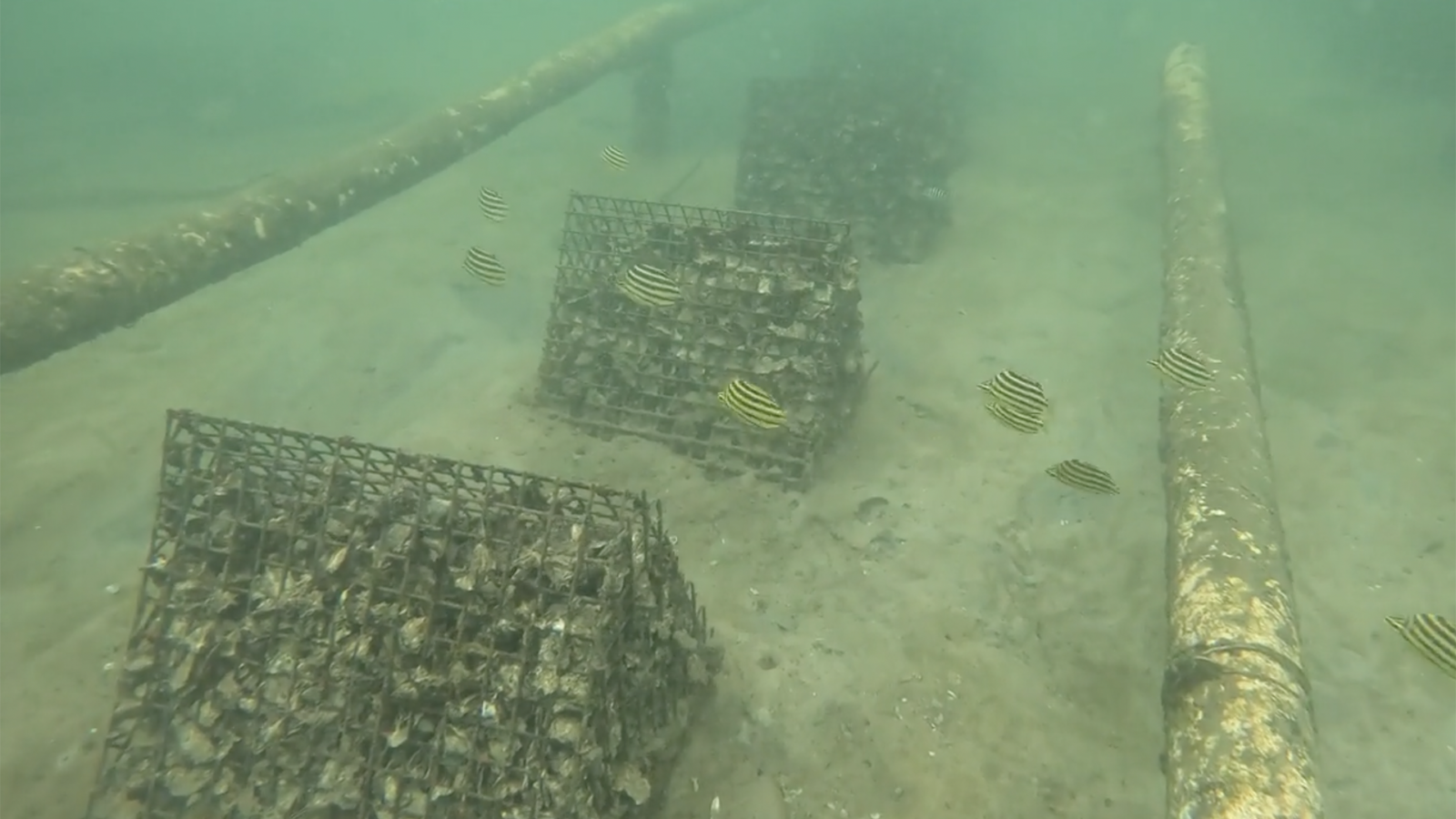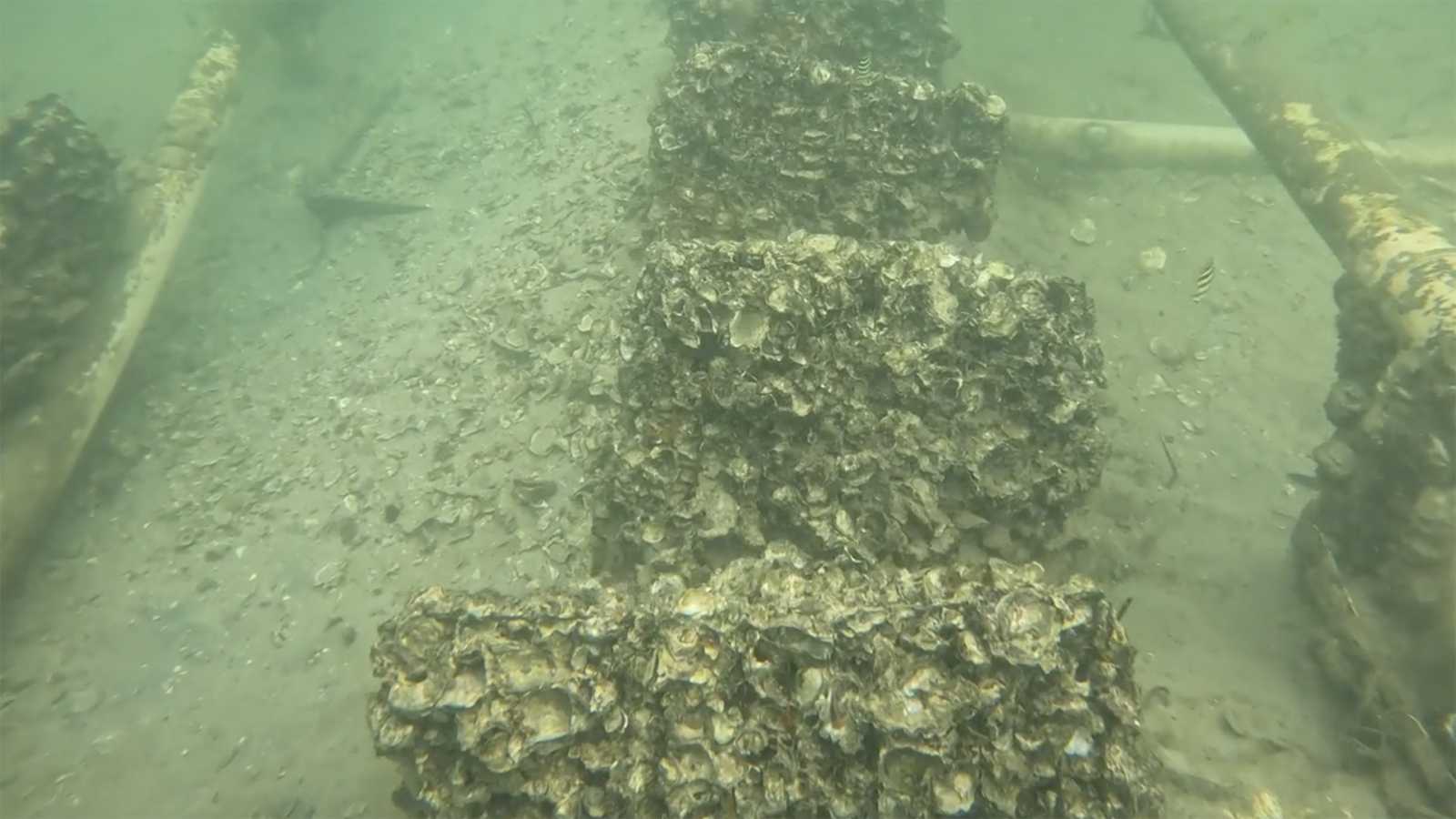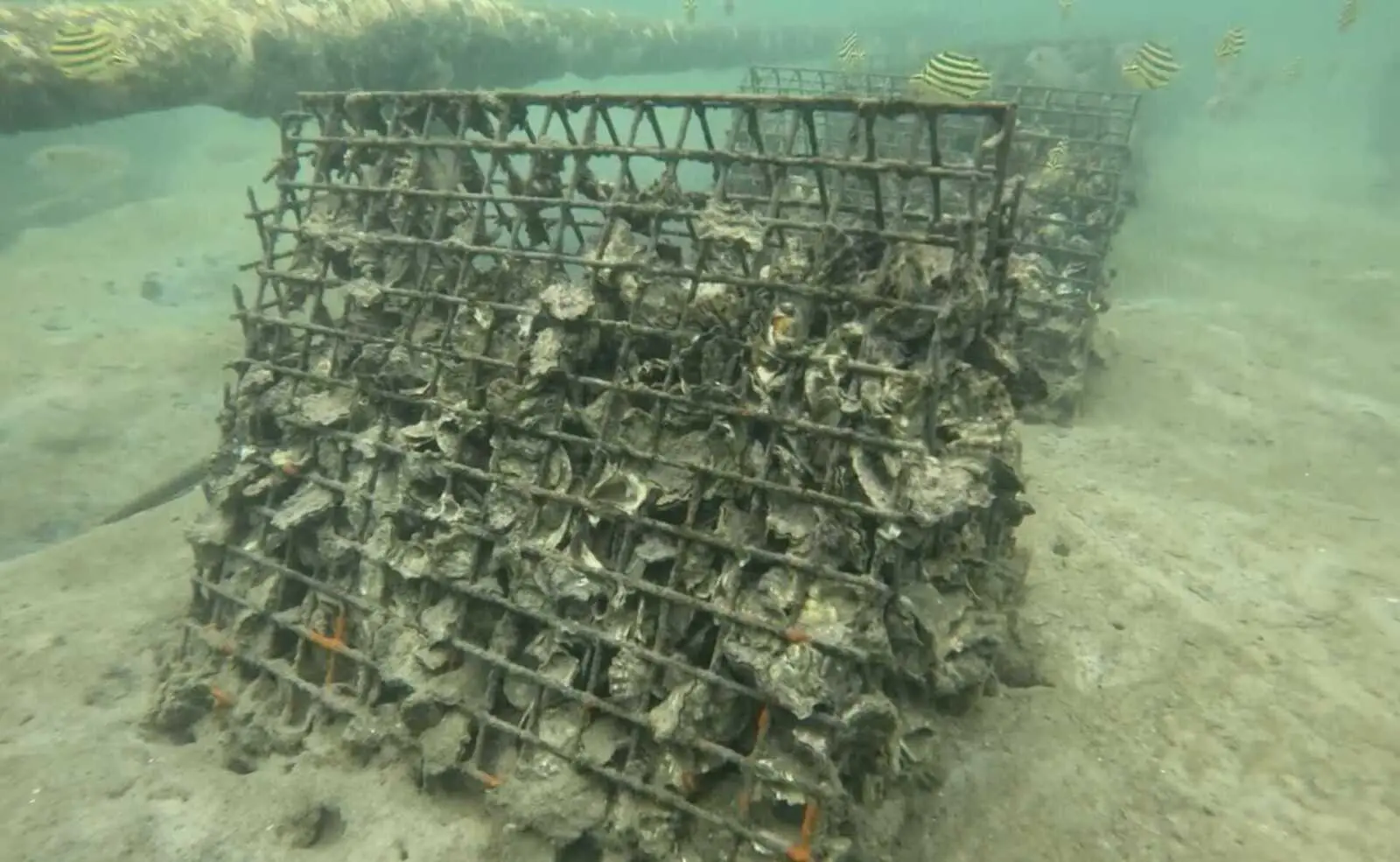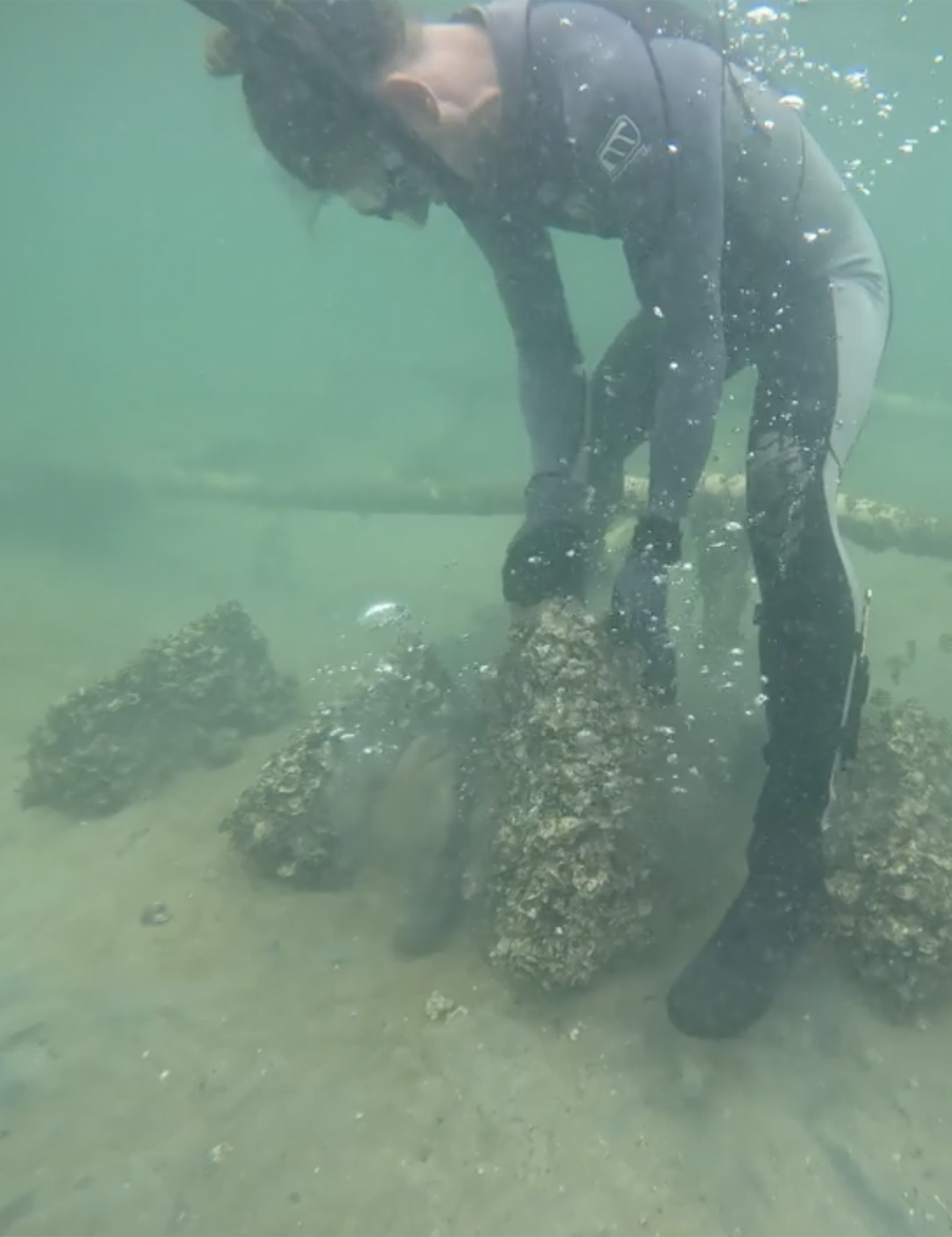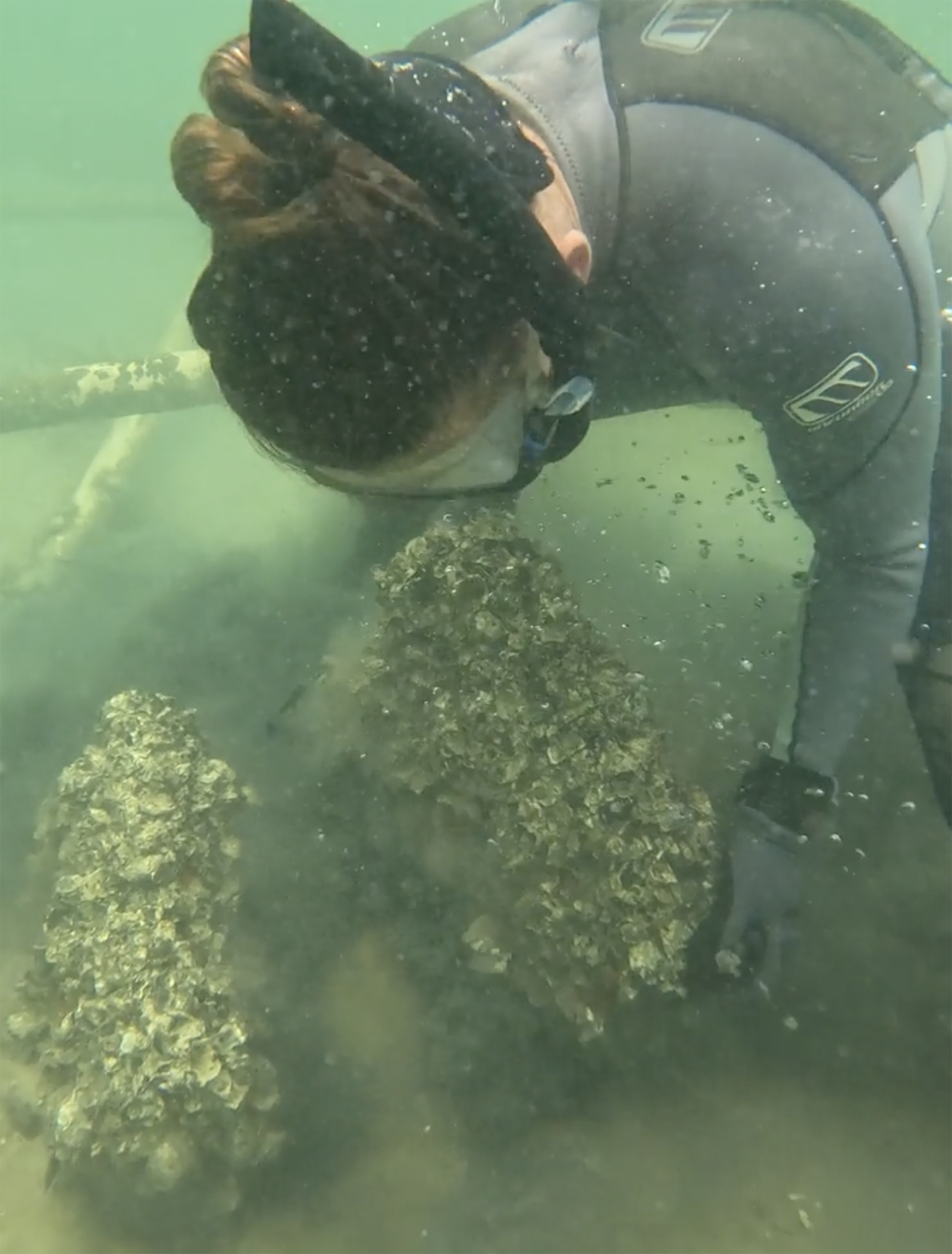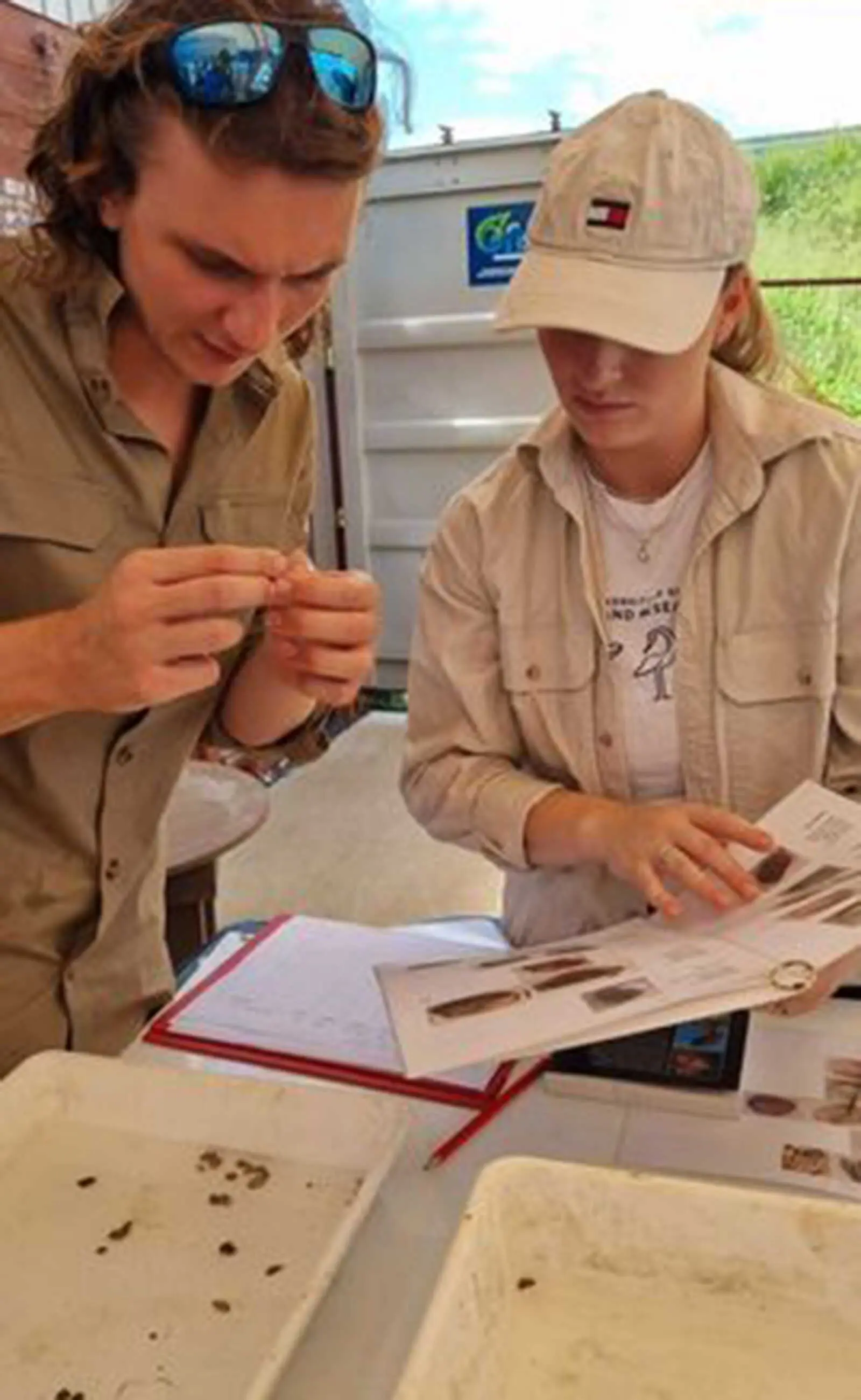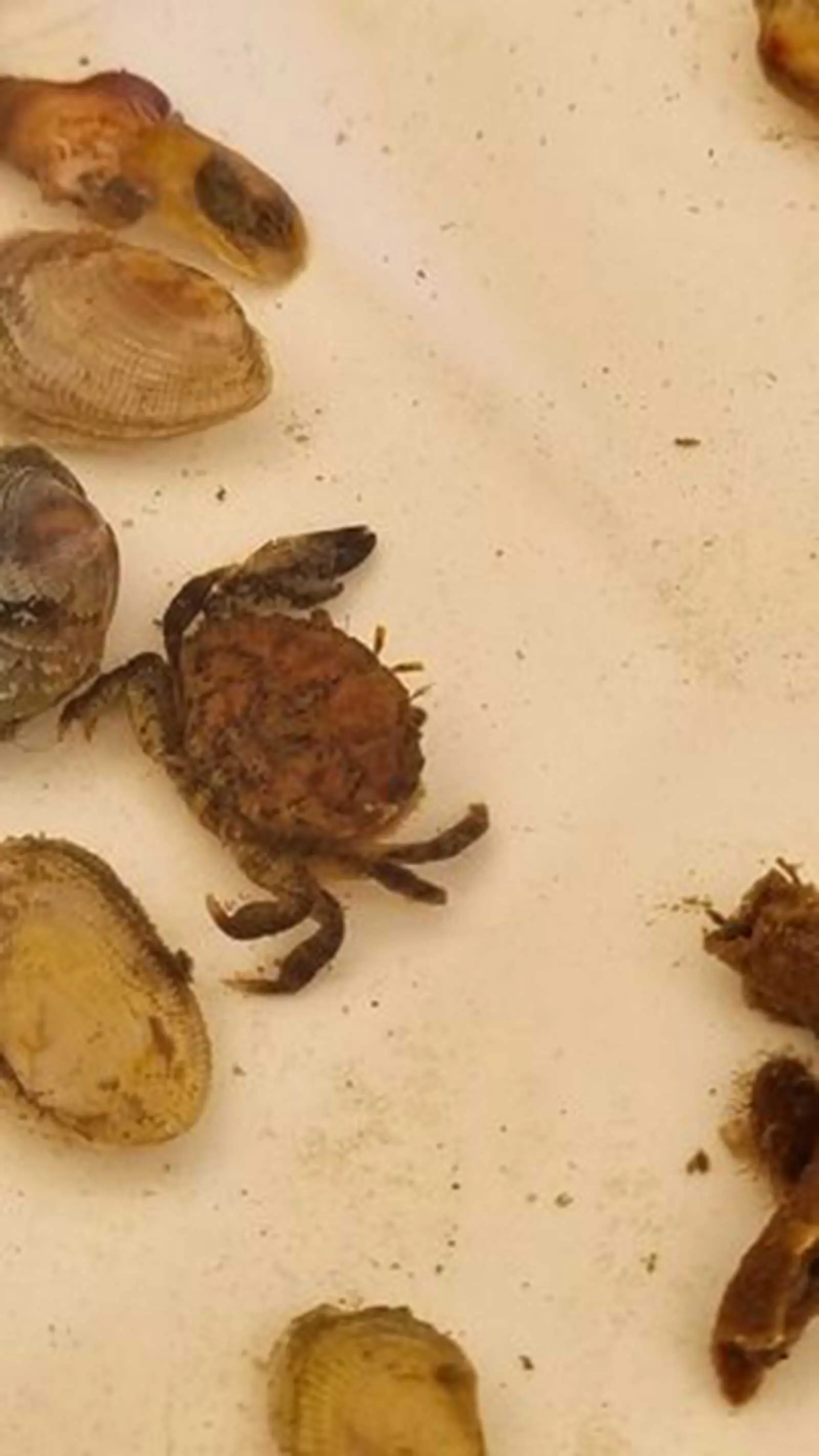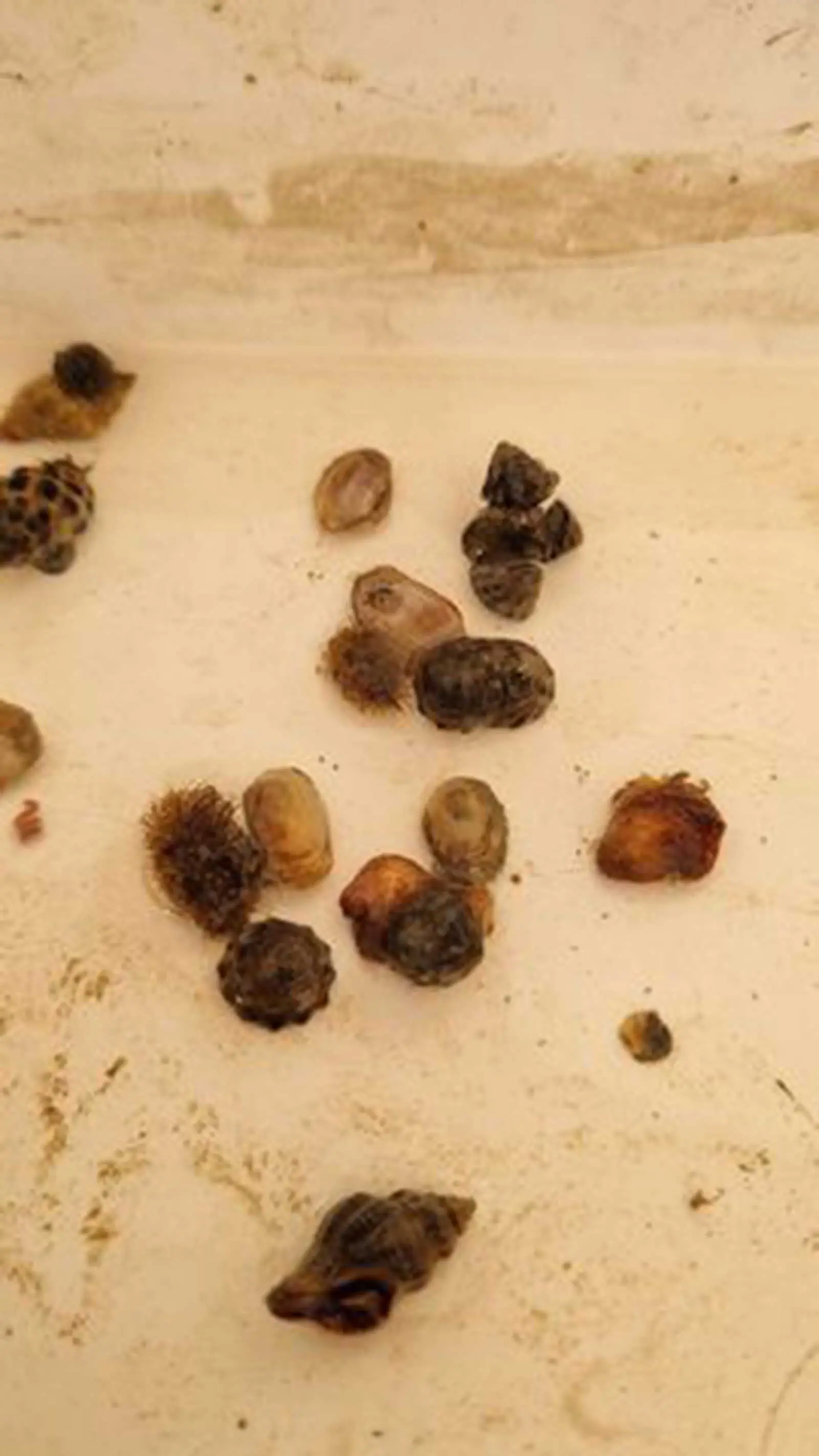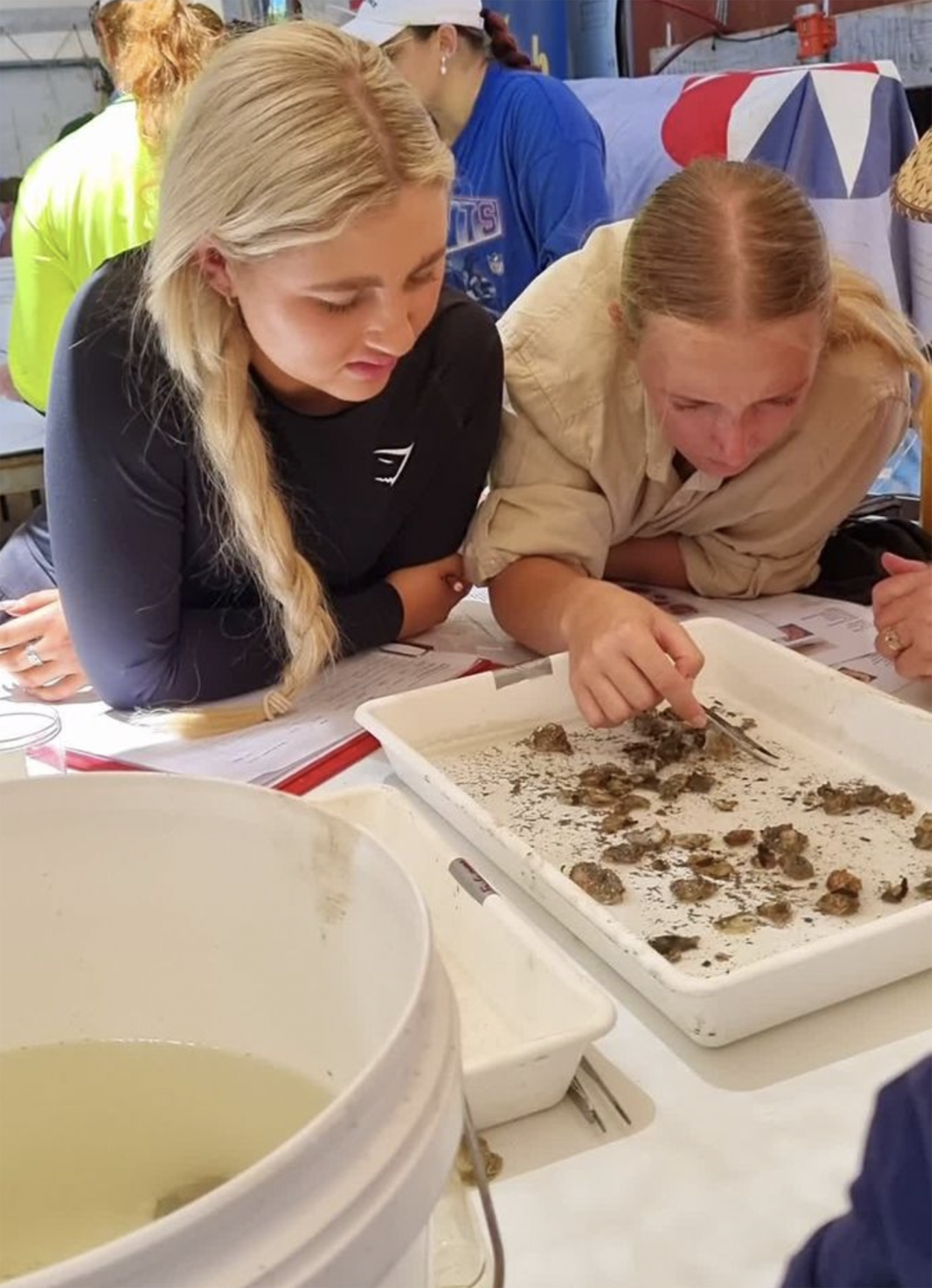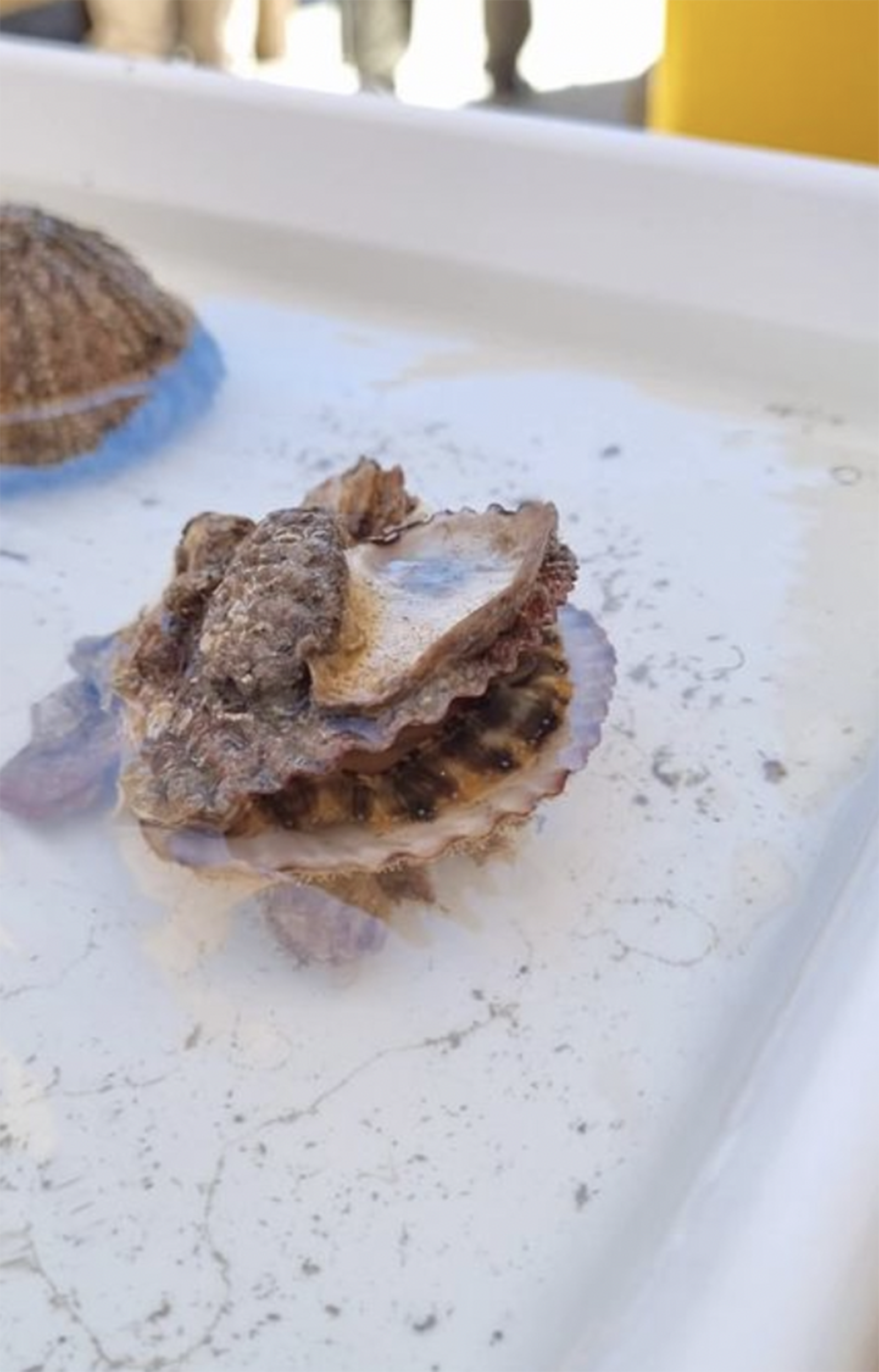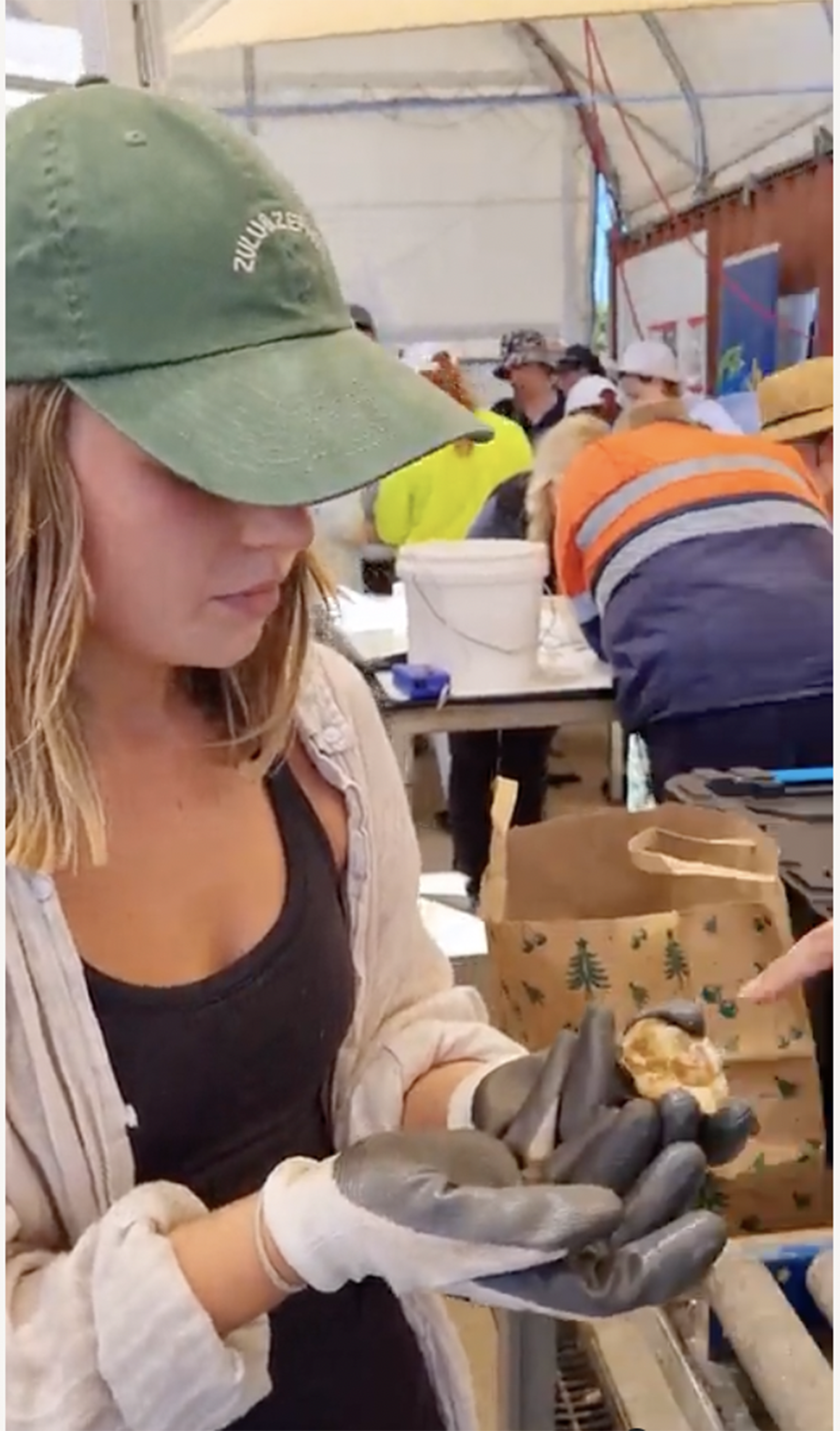Unveiling the hidden world inside Robust Oyster Baskets
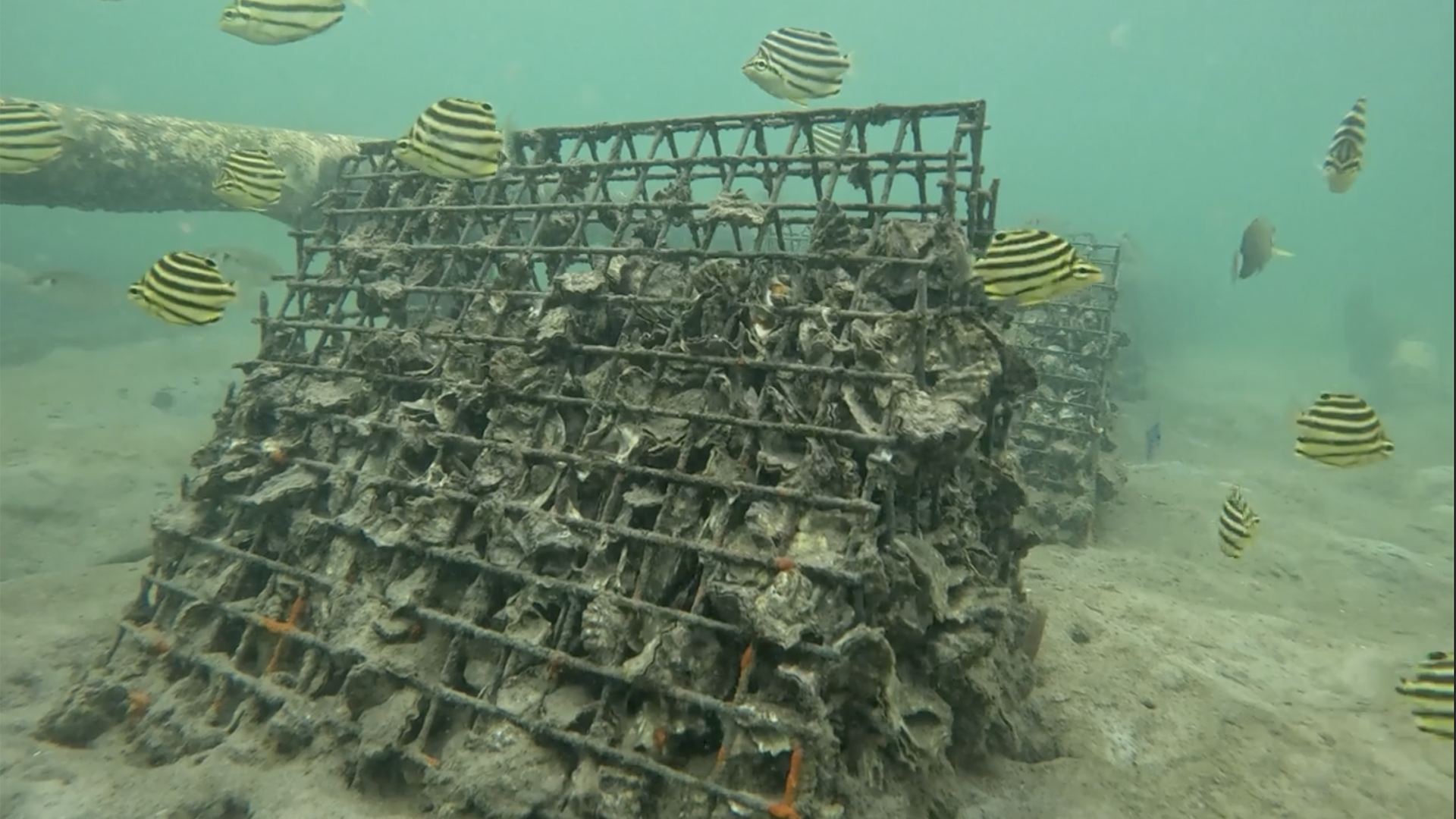
If you live in Queensland and have eaten oysters at a restaurant, there’s a possibility that the used shell is now sitting on the ocean floor, providing a home for thousands of fish and other aquatic organisms.
Since late 2019, OzFish volunteers have been collecting used oyster shells from restaurants and commercial shuckers around Brisbane. They are taken to Oysterworld – OzFish’s purpose-built shell recycling centre where they are put inside mesh baskets and then deployed in strategic locations throughout Moreton Bay. The team behind the shellfish revolution have an ambitious goal to restore over 100 hectares of shellfish reef in the region. This is where they have called in reinforcements to ensure the reef is nothing less than extraordinary.
In recent years, OzFish’s groundbreaking efforts in shellfish restoration have received a significant boost from scientific research conducted in collaboration with leading universities like The University of Queensland, Sunshine Coast University, and Griffith University.
They are connecting OzFish work through a science-based approach that is unveiling in-depth research on the functionality of restoring shellfish reefs, their environmental impact, and their suitability as habitats for fish.
Through the utilisation of cutting-edge technology, monitoring these reefs has become more accessible, but the true revelations lie within the examination of the Robust Oyster Baskets (ROBs).
OzFish divers recently retrieved a selection of subtidal and intertidal ROBs that had been out in the water for up to two years. They were gathered in fine mesh bags, brought to the surface and placed in marine tanks to keep everything healthy. Once back at Oysterworld, they were cautiously pulled apart and examined by students and supervisors from Griffith University’s Marine Ecology course.
This process have been previously completed 12 months ago but the recent monitoring will give even more insurances that the data is sound.
The results were nothing short of astounding, revealing a diverse ecosystem thriving within the oyster habitats. From mollusks such as oysters, mussels, and pearl oysters to crustaceans like crabs and shrimp, along with a plethora of other marine life including sea cucumbers, snails, worms, nudibranchs, starfish, and urchins, the ROBs provided a haven for a multitude of species. Each organism was diligently catalogued and measured before being returned to the Bay, contributing valuable data to ongoing research efforts. The results are currently being analysed and will be published later this year by the University.
The OzFish members and volunteers are thrilled to see tangible results from their years of dedicated efforts in shellfish reef restoration. These findings confirm the positive impact of their work, providing innovative solutions to address the lack of habitat within Moreton Bay.
So, next time you’re dining out and enjoying an oyster, consider the lifetime of that shell and that it might go on to provide a home for fish and other marine organisms thanks to the tireless effort of organisations like OzFish and their scientific collaborators.
Head to the Shellfish Revolution project page to find out more about the Moreton Bay shellfish reef restoration.

